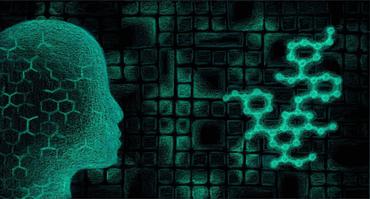DrugChat: Towards Enabling ChatGPT-Like Capabilities on Drug Molecule Graphs
A ChatGPT-like system for drug compounds could be a game-changer in pharmaceutical research, accelerating drug discovery, enhancing our understanding of structure-activity relationships, guiding lead optimization, aiding drug repurposing, reducing the failure rate, and streamlining clinical trials. In this work, we make an initial attempt towards enabling ChatGPT-like capabilities on drug molecule graphs, by developing a prototype system DrugChat. DrugChat works in a similar way as ChatGPT. Users upload a compound molecule graph and ask various questions about this compound. DrugChat will answer these questions in a multi-turn, interactive manner. The DrugChat system consists of a graph neural network (GNN), a large language model (LLM), and an adaptor. The GNN takes a compound molecule graph as input and learns a representation for this graph. The adaptor transforms the graph representation produced by the GNN into another representation that is acceptable to the LLM. The LLM takes the compound representation transformed by the adaptor and users' questions about this compound as inputs and generates answers. All these components are trained end-to-end. To train DrugChat, we collected instruction tuning datasets which contain 10,834 drug compounds and 143,517 question-answer pairs. The code and data is available at \url{https://github.com/UCSD-AI4H/drugchat}
PDF Abstract



